A global coalition of non-governmental organizations and human rights groups working to protect the rights of children and promote education is sounding the alarm over a dramatic increase in “deliberate and indiscriminate attacks on schools and universities, their students, and staff” over the last five years.
The Global Coalition to Protect Education from Attack (GCPEA) reported more than 12,700 attacks from 2013 through 2017, harming more than 21,000 students and educators.
Over the last five years, 41 countries suffered at least five attacks on education, including at least one that was intentional or deadly, according to the GCPEA report Education under Attack 2018.
In its 2014 report, GCPEA had documented 30 countries experiencing this level of attacks on education between 2009‐2013, marking a 26 per cent increase in attacks.
“Teaching and learning has become increasingly dangerous, with the lives of students, teachers, and academics frequently put at risk,” said in a statement Diya Nijhowne, Executive Director of GCPEA. “Schools and universities should be safe and protective spaces, but armed forces and armed groups continue to turn them into sites of intimidation and violence.”
The 300-page report includes profiles of 28 countries that experienced at least 20 attacks on education from 2013 through 2017.
The report, however, focuses on countries that “were affected by conflict or experiencing a significant level of political violence during the reporting period.” For this reason the United States, which just in the first 16 weeks of 2018 has experienced 20 school shootings resulting in death and injury, is not included in the report.
‘Children have gone from being casualties of war to frontline targets’
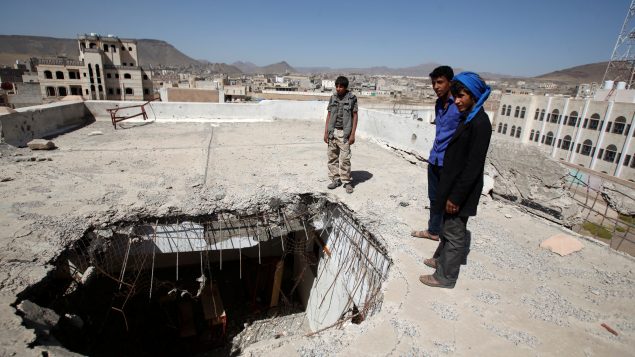
Boys stand by a hole caused by a Saudi-led air strike on the roof of their school last year, as schools open this week in Sanaa, the capital of war-torn Yemen October 5, 2016. (Khaled Abdullah/REUTERS)
Nine countries – the Democratic Republic of Congo (DRC), Israel/Palestine, Nigeria, the Philippines, South Sudan, Syria, and Yemen – suffered more than 1,000 attacks on education, or suffered attacks that harmed more than 1,000 students, teachers, professors, or other education personnel, the report found.
For instance, more than 1,500 schools and universities in Yemen were damaged or destroyed by airstrikes and fighting, or used for military purposes. GCPEA found reports of at least 650 incidents of attacks on education, or military use of schools, in Syria. In the Philippines, armed parties reportedly harassed or intimidated at least 1,000 students and teachers, the report said.
David Morley, president and CEO of UNICEF Canada, said children have gone from being casualties of war to frontline targets.
“In places such as Syria, Nigeria and South Sudan, daily life for children is a nightmare,” Morley said in a statement to Radio Canada International. “At school or on their way there, they’re being attacked. In many cases, the goal isn’t just to kill students. It’s to destroy entire education systems. We can’t let that happen.”
Targeting girls
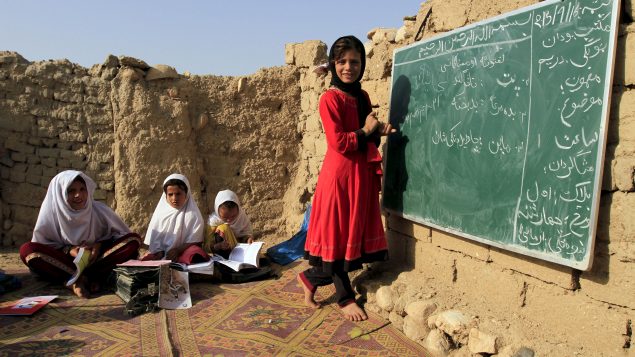
Afghan girls study at an open area, founded by Bangladesh Rural Advancement Committee (BRAC), outside Jalalabad city, Afghanistan September 16, 2015. (Parwiz/REUTERS)
In 18 of the profiled countries, attacks on education deliberately targeted female students and educators, the report said. The attacks in countries such as Afghanistan included bombing and arson of girls’ schools, as well as deadly attacks and threats against female students and children.
“We are particularly concerned at the impact of these attacks on girls, with our research demonstrating that girls are often targets of attack purely because of their gender,” said Bill Chambers, CEO of Save the Children Canada.
Using schools for military purposes
Schools and universities in 29 countries were used for military purposes between 2013 and 2017, the report said. This included using them as bases, barracks, detention centers, or for other military purposes.
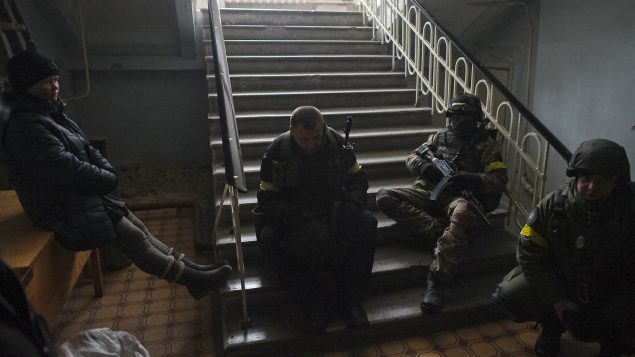
Members of the Ukrainian armed forces gather inside a school building in Debaltseve, Donetsk region, January 30, 2015. (Maksim Levin/REUTERS)
These military uses increase the risk that affected schools and universities will be attacked by opposing forces, that children will be recruited into armed groups, or that students and educators will be targeted for sexual violence, the report said.
The report cited the example of a school in eastern Ukraine used by various armed forces and armed groups for storing weapons, which was hit by artillery fire on six occasions in January and February 2015.
The recruitment of child soldiers at schools by various armed forces and armed groups was another issue highlighted by the report, which found such illegal practices in 16 of the 28 profiled countries.
In one incident in December 2013, some 413 children from schools in the town of Rubkona in South Sudan were forcibly recruited and sent into combat, the report said.
“Schools must be made safe for all children, even during conflict,” Chambers said.
Canada urged to use its G7 pulpit to advocate for Safe Schools Declaration
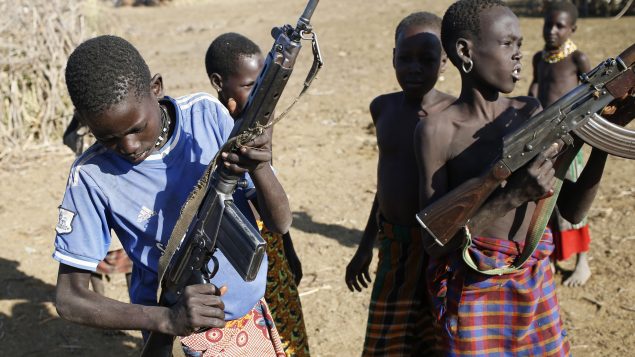
Turkana boys play with rifles in a village inside the Turkana region of the Ilemi Triangle, northwest Kenya December 21, 2014. (Goran Tomasevic/REUTERS)
Parties to conflict can no longer blatantly disregard international humanitarian law, Morley said.
“There must be accountability and children must be protected,” Morley said. “No matter what.”
The UN children’s agency is hoping that this year’s G7 Summit in Canada will bring new momentum towards ensuring every girl and boy affected by conflict can access a safe and quality education, he said.
Chambers said the Liberal government must push all countries to join Canada and other leaders in endorsing the Safe Schools Declaration to protect education from attack.
So far only 74 countries, including Canada, have signed on to the declaration championed by Norway and Argentina. The list of most notable holdouts includes the United States, Russia, China and Japan.
“The time is now to push for girls and boys alike to have access to education without fear of attack,” said Chambers.
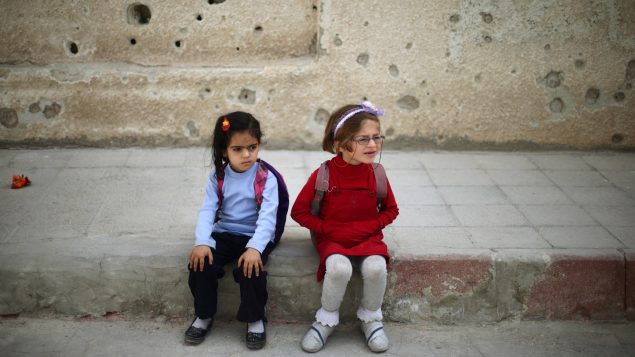






For reasons beyond our control, and for an undetermined period of time, our comment section is now closed. However, our social networks remain open to your contributions.